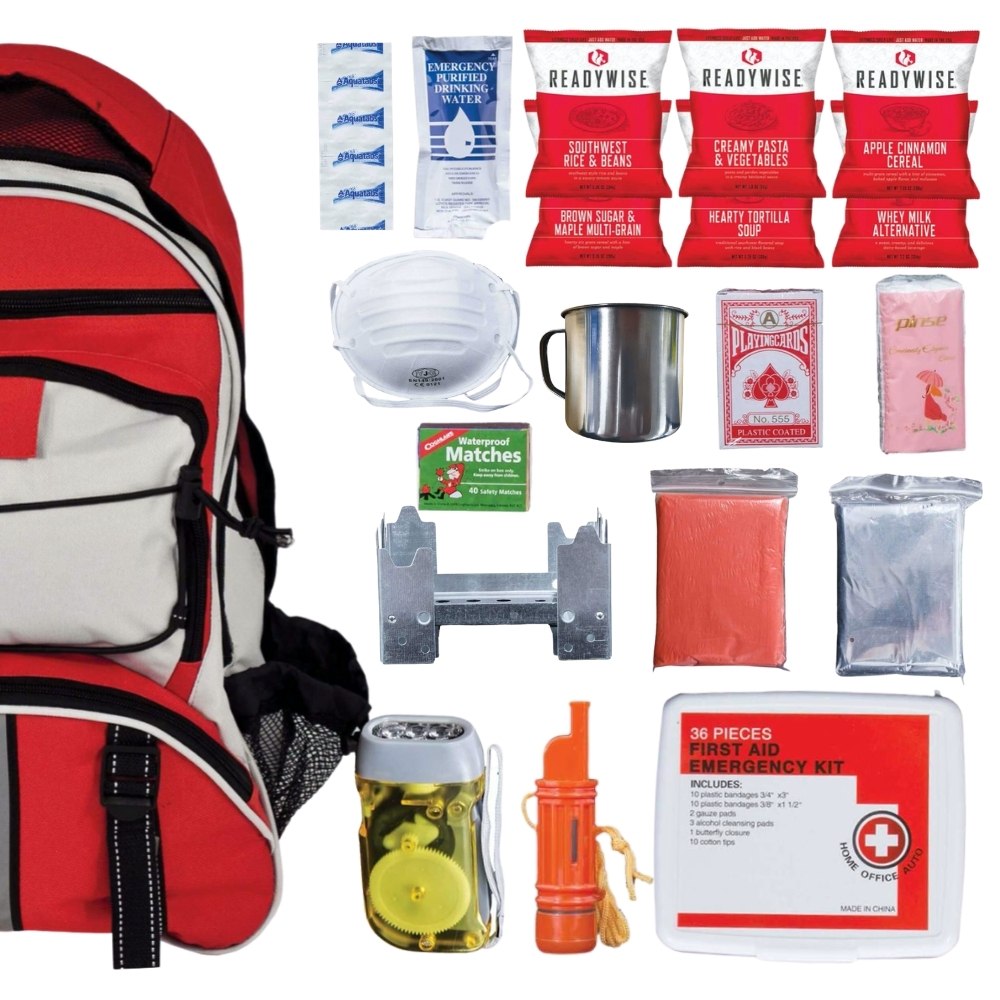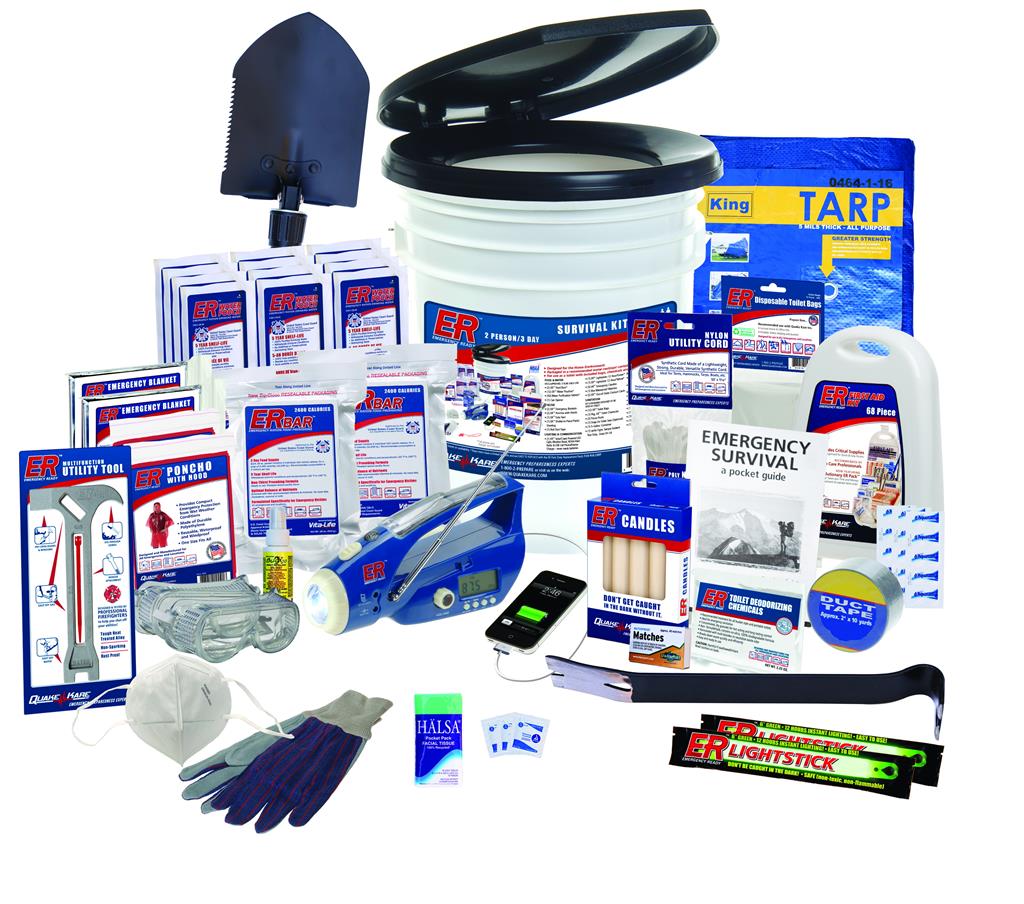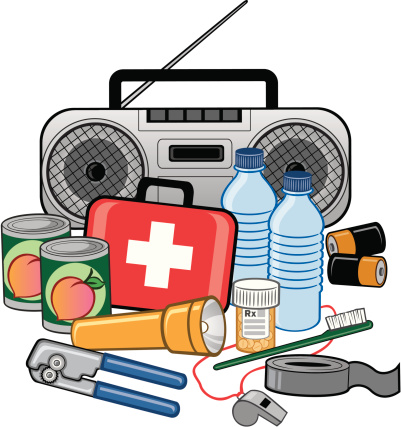Crucial Emergency Preparedness: Your Comprehensive Guide
Crucial Emergency Preparedness: Your Comprehensive Guide
Blog Article
Grasping the Art of Emergency Readiness: Specialist Tips
Whether it be a natural catastrophe, a clinical emergency situation, or an abrupt situation, being prepared can make a considerable distinction in the result. Understanding the art of emergency readiness calls for a combination of understanding, preparation, and critical reasoning.
Importance of Emergency Readiness
Emergency readiness is an important facet of ensuring the safety and security and well-being of individuals and communities despite unexpected disasters and emergency situations. EMERGENCY PREPAREDNESS. Being prepared can dramatically alleviate the effect of all-natural catastrophes, accidents, or other dilemmas that might arise. By having a well-balanced emergency situation plan in place, areas and people can respond effectively, potentially conserving lives and decreasing damages
One crucial reason emergency situation preparedness is crucial is that it helps in minimizing panic and confusion throughout a crisis. They are a lot more likely to remain calm and make logical choices in demanding circumstances when people are aware of what to have and do exercised emergency situation procedures beforehand. This can lead to a much more organized and reliable reaction, aiding in the defense of lives and home.
Moreover, emergency situation readiness promotes strength within neighborhoods. By investing time and resources into readiness procedures such as training, drills, and facilities improvements, neighborhoods can get better a lot more quickly after a disaster. This durability is essential for lasting recovery and sustainability, ensuring that communities can hold up against future emergency situations.

Structure a Comprehensive Emergency Plan
Taking into account the vital function emergency situation preparedness plays in mitigating the impact of disasters and cultivating neighborhood strength, the foundation for efficient action depends on building a comprehensive emergency plan. EMERGENCY PREPAREDNESS. A detailed emergency situation strategy acts as a roadmap for companies and communities to effectively coordinate resources, respond to situations, and ensure the security and well-being of people during emergencies
Establishing clear interaction procedures guarantees that information is disseminated effectively throughout emergencies, promoting timely decision-making. Normal training and drills help familiarize people with emergency treatments, making sure a swift and reliable action when a dilemma occurs. Ultimately, a detailed emergency strategy is important in boosting preparedness, feedback capabilities, and general strength in the face of catastrophes.
Necessary Supplies and Resources
When preparing for prospective disasters, ensuring accessibility to crucial materials and sources is vital for reliable emergency situation reaction and resilience. Stockpiling on non-perishable food things such as canned products, protein bars, and completely dry products is critical to maintain people and family members throughout times of crisis when accessibility to fresh food might be restricted (Get More Information). In addition, preserving an enough water system, with at the very least one gallon each per day for a minimum of three days, is necessary for hydration and cleanliness needs
Standard clinical materials consisting of bandages, bactericides, medications, and a first help kit are vital for resolving injuries and health problems that might occur during emergencies. It is additionally vital to have a battery-powered or hand-crank radio to stay notified concerning the scenario and obtain updates from authorities. Flashlights with extra batteries, a multi-tool, and blankets ought to likewise be included in emergency supply sets to supply light, help in navigating, and make certain heat and convenience. By proactively gathering these important supplies, individuals can better equip themselves to face unexpected difficulties with preparedness and durability.

Communication Techniques Throughout Emergency Situations
Effective interaction methods play a vital function in ensuring prompt and precise dissemination of info during emergencies. Concise and clear interaction is necessary for collaborating reaction initiatives, providing directions to the general public, and maintaining everyone informed about the progressing scenario. One essential technique is to establish multiple interaction channels to reach a wide target market. This might include making use of text signals, social networks updates, public news, and conventional media electrical outlets.
Throughout emergencies, it is necessary to designate a representative or a main communication group to make sure consistency in messaging and prevent complication. This marked person or team must be well-trained in situation communication and with the ability of supplying details in a encouraging and calm way. Furthermore, establishing a system for two-way communication can help gather real-time responses from the influenced individuals and address their demands extra efficiently.
In addition, using innovation such as emergency situation notice systems and interaction applications can streamline the dissemination of crucial information and assist in fast response initiatives. By carrying out these communication communities, organizations and techniques can enhance their emergency situation preparedness and reaction capacities, eventually conserving lives and lessening the impact of disasters.
Training and Practice for Preparedness
An essential aspect in ensuring readiness for emergencies is the implementation of regular training and practice to improve feedback abilities and readiness - recommended you read. Through consistent training, emergency -responders can familiarize themselves with methods, equipment operation, and Find Out More decision-making processes, eventually boosting their efficiency throughout crises
Training sessions should simulate realistic emergency circumstances to offer responders with hands-on experience in a controlled atmosphere. These simulations enable people to exercise their functions, examination interaction systems, and determine areas for enhancement without the stress of a genuine emergency.
Regular drills and exercises also help groups construct communication and control, ensuring that everybody understands their obligations and can collaborate seamlessly when encountered with a situation. Furthermore, debriefing sessions complying with training workouts permit positive feedback and the possibility to gain from any kind of errors made.
Verdict
In final thought, understanding the art of emergency situation preparedness needs a thorough plan, necessary supplies, reliable communication methods, and normal training. By prioritizing preparedness and taking proactive measures, areas and people can better react to emergency situations and minimize possible risks - EMERGENCY PREPAREDNESS. It is essential to remain notified, remain prepared, and continually improve emergency situation response strategies to make certain the safety and security and well-being of all individuals involved

In conclusion, grasping the art of emergency preparedness needs a thorough strategy, crucial materials, efficient communication methods, and regular training.
Report this page